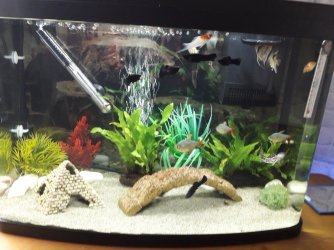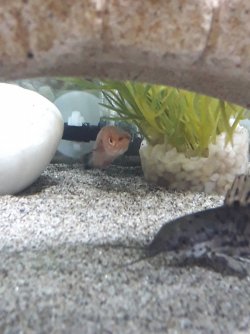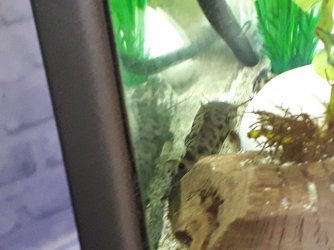Swordtailmolly
New Member
I have 2 tanks but currently there are 2 much loved swordtails sick. The water conditions have been checked and they are perfect. I have attached a photo of one of them because i am unsure what is wrong with her unless its early stages of whitespot. She is rubbing on the sand and flicking her tail and also although she isn't going to the top of the tank she is gasping for breath through her mouth but her gills don't appear to be going any faster. The other female is lethargic in the back corner of the tank and i cant get to her at the moment All the other fish appear to be ok at the moment apart from the black Molly who I wasn't sure if she had a tiny spot on her side but its hardly visible to the eye. Google suggested salt but although we have aquarium salt i have been told it kills cat fish and snails? I had tanks many years ago and have re set up and its like a new learning curve. Please HELP!!!!







